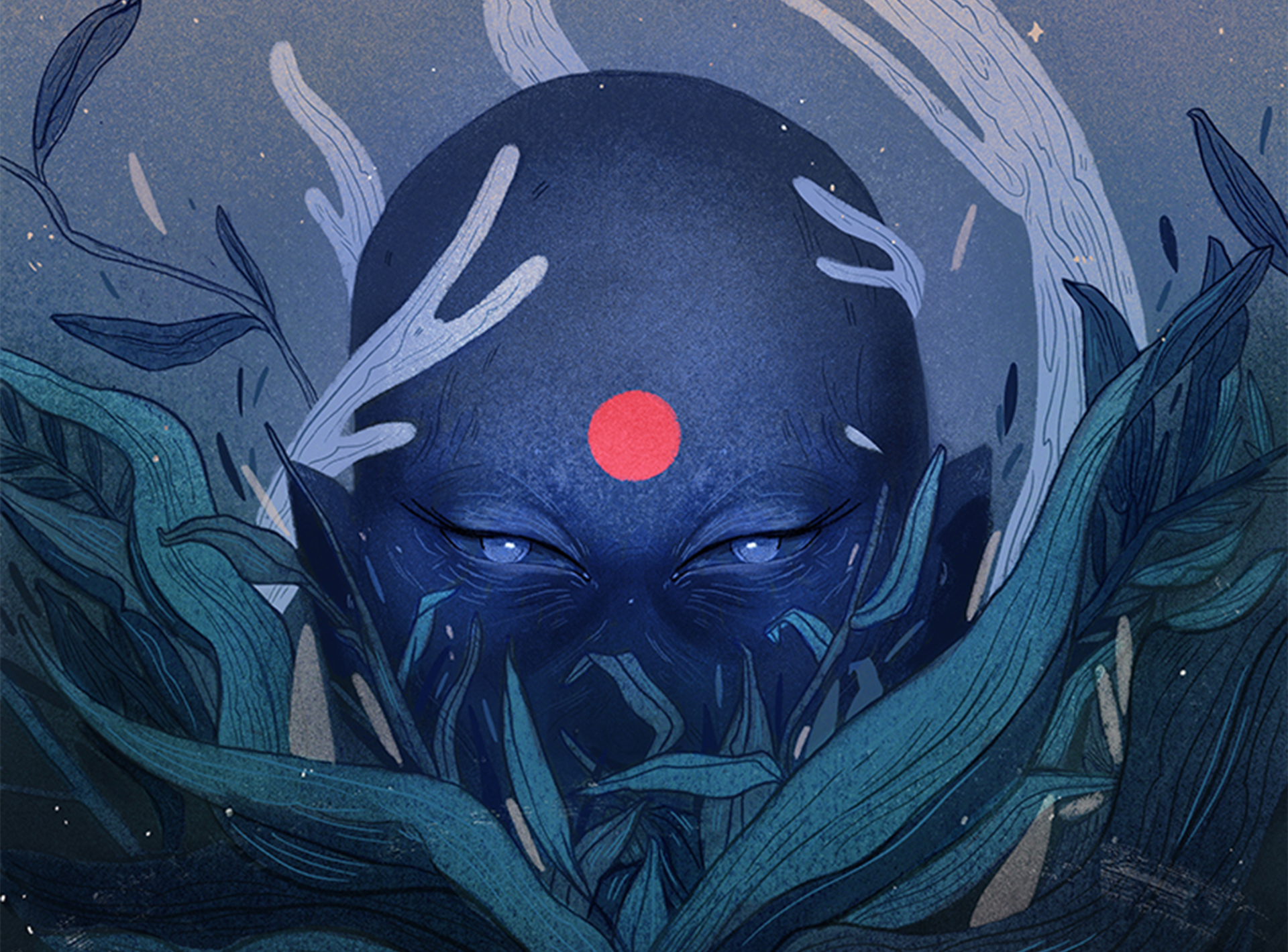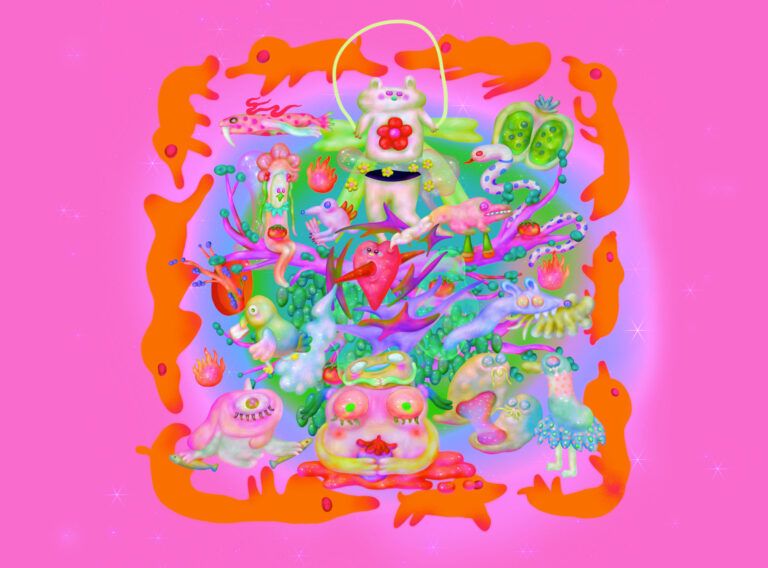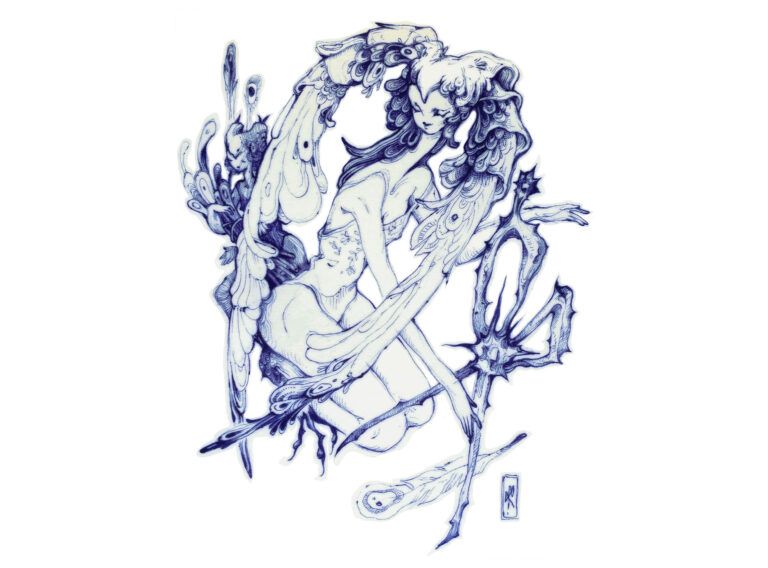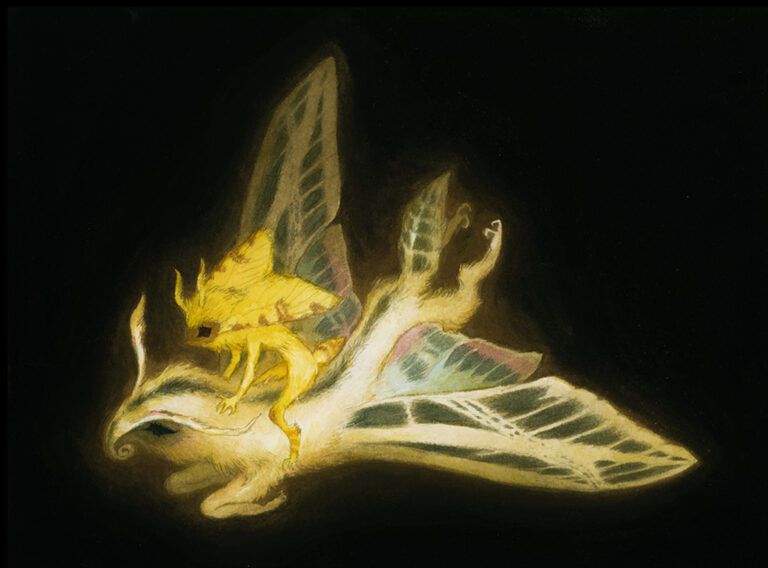WORDS BY THE AUTHOR / I have a lot of transcendental illustrations where everything is floating in indefinite space, the physical is not important but feelings are. I think I can visualize and materialize these abstract topics better than the reality of an ordinary day.
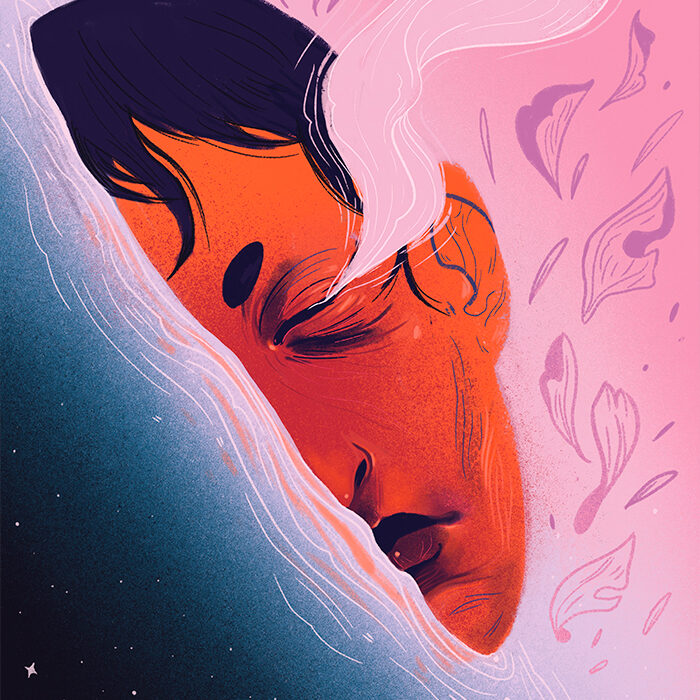

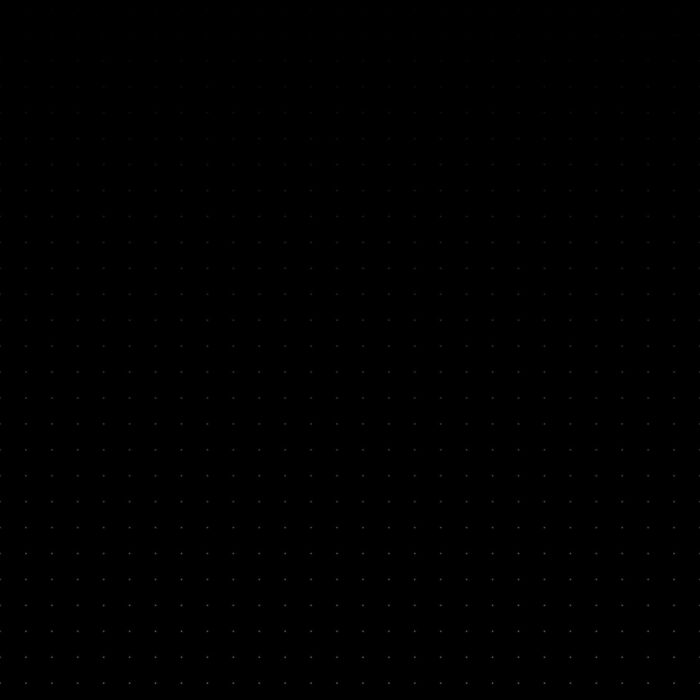

In my head, I’m mostly out of reality, floating in space and abstract ideas.
It’s not hard for me to disconnect from my own body and surroundings. The main reason behind this is I have something called depersonalization and derealization. Which means I often don’t recognize things around me or even myself and I don’t identify with my reality easily. I feel like an alien or rather an observer of this reality, not an actual person interacting with it. Doing art was that one grounding activity I needed and I could express my experiences, which really helped.




Right now, I’m trying to ground myself more and do artworks focused on characters, nature, architecture and things I see physically around me. I also get inspired by stories and mythology that have universal meaning and can still teach us something.






All my illustrations are done digitally with Photoshop. I don’t want to be stuck in one place, so every artwork is a little bit different. The one thing that is connecting them is my use of juicy colours and textures.

BIO / Martina Fishmeister (1995) is a Czech illustrator living in Prague. She studied Applied Painting at Private High School of Art Design s.r.o. under professional painter Jaroslav Klát and got her title at Art&Design Institute in Prague studying Art and Artistic Management under the tutorship of senior lecturer Roman Franta and professor Jiří Lindovský. She pursues a professional career in book and editorial illustration and also keeps busy with creating comic books and strips, tattoo designs and oil paintings. Her illustrations are regularly published in the Czech Právo newspaper, the Salon magazine and books sold on both Czech and English-speaking markets.
